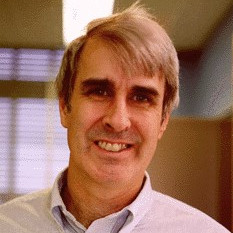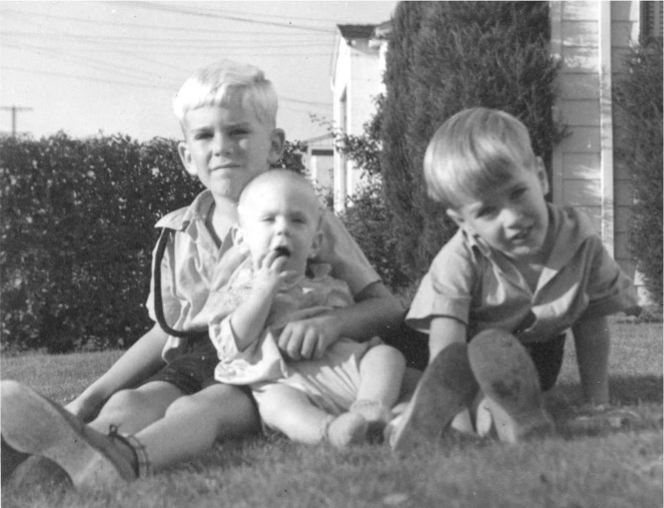
Roger Ulrich
PhD, Astronomy - UC, Berkeley
Institution: Division of Astronomy and Astrophysics, Department of Physics and Astronomy, UCLA
Focus: Solar surface magnetic fields and Doppler velocities. Data from Mt. Wilson 150-foot tower telescope program.
COFFIES Teams
I have taught Astrophysics at UCLA and have had students who have gone on with very successful astronomy careers. Among them are Ed Rhodes, Jr., John Scalo, Sylvain Korzennik, Steve Tomczyk, Carl Henney, Aimee Norton, John Beck, Daryl Parker, Scott Evans and Tham Tran. I began my research doing stellar and solar models and worked closely with John Bahcall in the analysis of the low number of solar neutrinos observed in the Chlorine 37 detector in the Homestake Mine, SD. I became interested in the topic of star formation and in particular the question of the nature of the T Tauri stars. I proposed a model for the accretion flow onto these stars that has been widely used. My time doing solar model calculations came to an end when Bob Howard left the Carnegie Observatories in Pasadena to become director of the Nation Solar Observatory in Tucson, AZ. Gary Chapman served as the director of the solar program at Mt. Wilson for a year then turned the responsibility over to me. I managed the observing program from 1985 to 2013 when a computer failure coincided with a funding loss. These events led to the end of magnetogram/Dopplergram observations at the 150-foot tower. Daily sunspot drawings continue to be made whenever observing conditions allow. I continue to work with John Boyden and Larry Webster to understand and maintain the existing database from the digital observing period. I also supervised the digitization of the Ca K photographic spectroheliograms. Other topics where I contributed include helioseismology, thermohaline convection, asteroseismology and solar thermal convection.
2022 Kavli Prize Winner
The entire COFFIES Center would like to congratulate Professor Roger Ulrich for his receipt of the 2022 Kavli Prize. This award is well-deserved and we are honored that Roger has chosen to affiliate himself with our Science Center!Ulrich shares the Kavli honor with Belgian astrophysicist Conny Aerts, Ph.D., and Danish astrophysicist Jørgen Christensen-Dalsgaard, Ph.D. The Norwegian Academy of Science and Letters, a sponsor of the Kavli Prize, says their work on stellar vibrations “has laid the foundations of solar and stellar structure theory, and revolutionized our understanding of the interiors of stars.”Read more here.
The Kavli Institute has also published Roger's brief autobiography. You can find that publication here.
